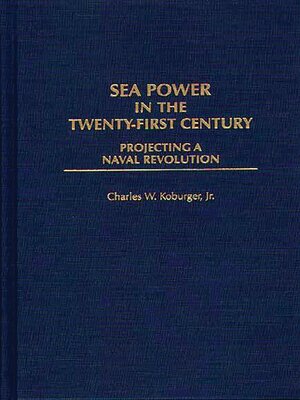
Sign up to save your library
With an OverDrive account, you can save your favorite libraries for at-a-glance information about availability. Find out more about OverDrive accounts.
Find this title in Libby, the library reading app by OverDrive.



Search for a digital library with this title
Title found at these libraries:
| Loading... |
As the U.S. Navy enters the twenty-first century, many of the ships, aircraft, weapons, and tactics it employed so successfully during the Cold War will no longer be cost-effective or even effective. Future battlefields will shift the locus of naval action from the high seas into littoral waters, demanding sustained operations in relatively narrow, shallow waters. Naval forces in the twenty-first century must not only meet the traditional requirements of command of the sea—ships, planes, troops, and bases—carrying out forward presence, crisis response, strategic deterrence, and sealift. They must now put these together to obtain the four key operational capabilities of littoral warfare: command, control, intelligence and surveillance, and communication; battlespace dominance; power projection; and force sustainment. The core of the new U.S. strategic concept is power projection, and it envisions naval forces directly leading Army and Air Force elements to influence events ashore, most probably in the Third World. And this navy must be cost effective.






